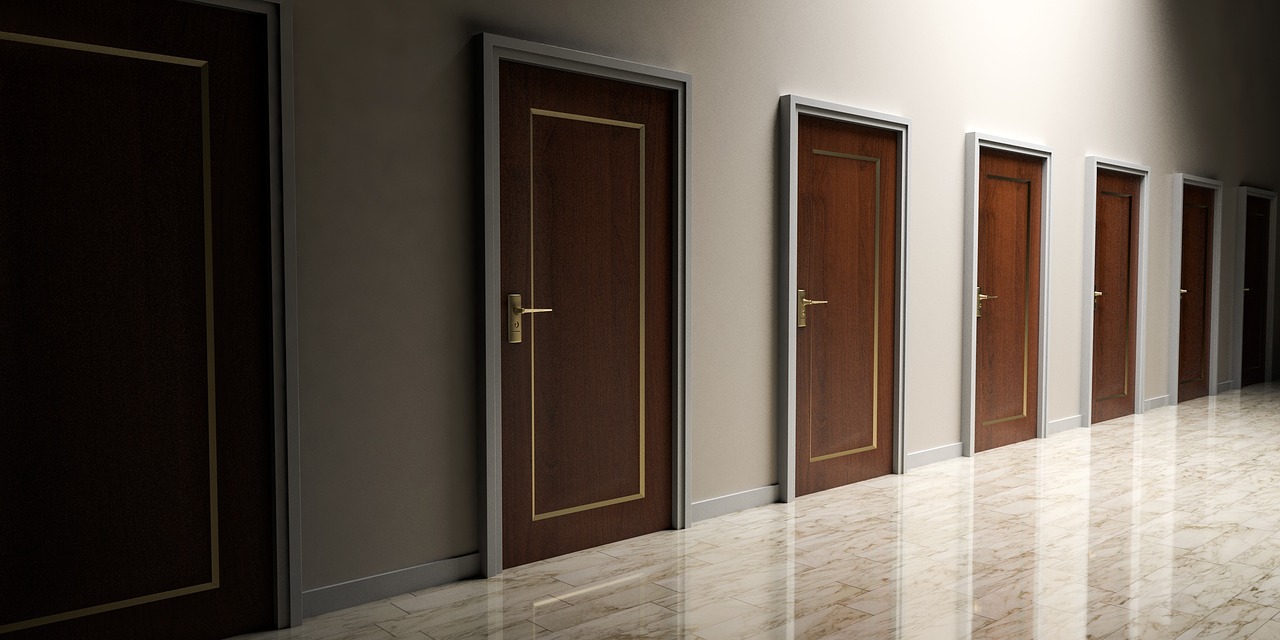For several years, I’ve asked myself the same question before making an important decision: What’s the worst that can happen? (And no, this isn’t the question I mentioned in the title of this post. We’ll get to that in a minute).
The “worst that can happen” question is an important one. When I’m about to make a big decision, I tend to dream up nightmarish scenarios. I know I’m not alone here: When we face the prospect of uncertainty—whether it’s buying a new house or quitting your corporate job to become an entrepreneur—we tell ourselves that life as we know it will be over if things don’t work out as planned. We assume we’ll go broke, become a laughing stock, and lose all of our friends.
Writing down these worst-case scenarios has the strange effect of taking their power away. “Named must your fear be,” as Yoda said, “before banish it you can.” When I do this exercise, I realize the sky isn’t going to fall. The things that matter the most to me will still be there regardless of what happens.
But here’s where I run into trouble: My imagination can be really powerful when it comes to spinning negative tales about the future. My negative mind, as Elizabeth Gilbert writes, is “like a mall cop who thinks he’s a Navy SEAL: He hasn’t slept in days, he’s all hopped up on Red Bull, and he’s liable to shoot at his own shadow in an absurd effort to keep everyone ‘safe.’”
Our negative thoughts resonate far more strongly than positive ones. The brain, to paraphrase Rick Hanson, is like Velcro for the negative but Teflon for the positive. We’re wired to notice and exaggerate negative inputs: The rattling in the dark, the smell of gas, the sight of smoke, the screeching of tires. Our pupils dilate, our heart starts pumping faster, and adrenaline is released.
This negativity bias makes evolutionary sense. If our ancestors ignored a potential positive outcome, they might have missed out on the spoils of a hunt, but at least they could survive to pass their genes onto their offspring. But if they ignored a potential negative—if they assumed that rustling in the bushes was a prey instead of a predator—they may have ended up as lunch.
Because we’re wired to home in on the potential downsides when making a decision, the playing field is rigged toward inaction. We stay the course, we play it safe, and we remain in our current state, however inferior it may be to other possibilities. The fear of missing out is nothing compared to the fear of a decision gone wrong.
As a result, it’s not enough to ask, What’s the worst that can happen? To balance the scales, we also have to ask, What’s the best that can happen?
Here’s the thing: Our decisions rarely produce a mushroom cloud. Taking a leap of faith can lead to joy, discovery, and the fulfillment of your full potential. It can mean getting elected mayor, finding your life partner, or starting the next Netflix.
This isn’t blind optimism or a naive belief in the power of starry-eyed dreams. Unless you consider the best-case scenario along with the worst, your neolithic brain will steer you toward the seemingly safest path—inaction.
Asking the “best that can happen” question has another upside: It can push you to expand your boundaries. You might go for a PhD instead of a Master’s. You might decide to launch your own business instead of answering to somebody else. You might decide to build your own rockets, instead of buying them from Russia.
The next time you’re about to make a decision, don’t forget to ponder the best-case scenario. And remember the Chinese proverb: Many a false step was made by standing still.
Bold



